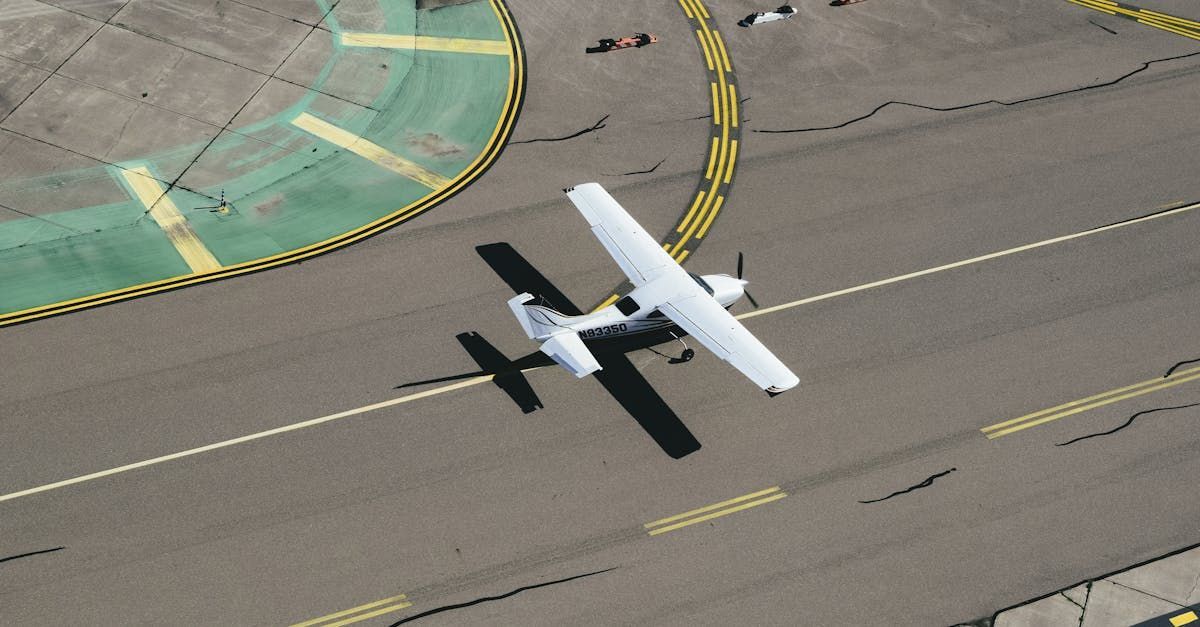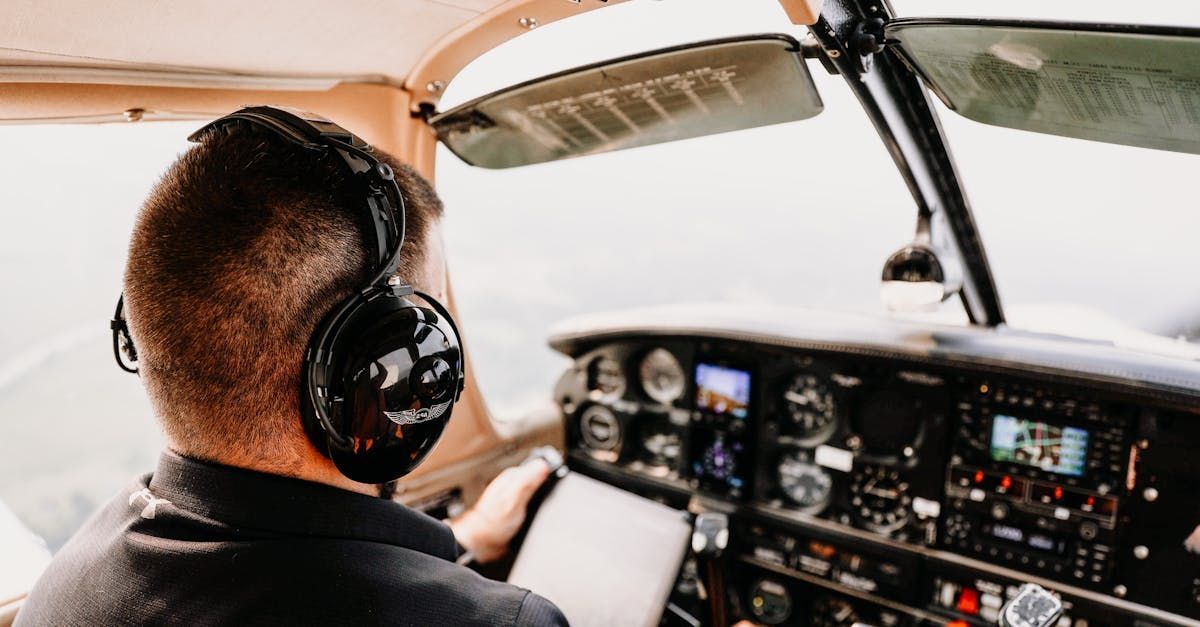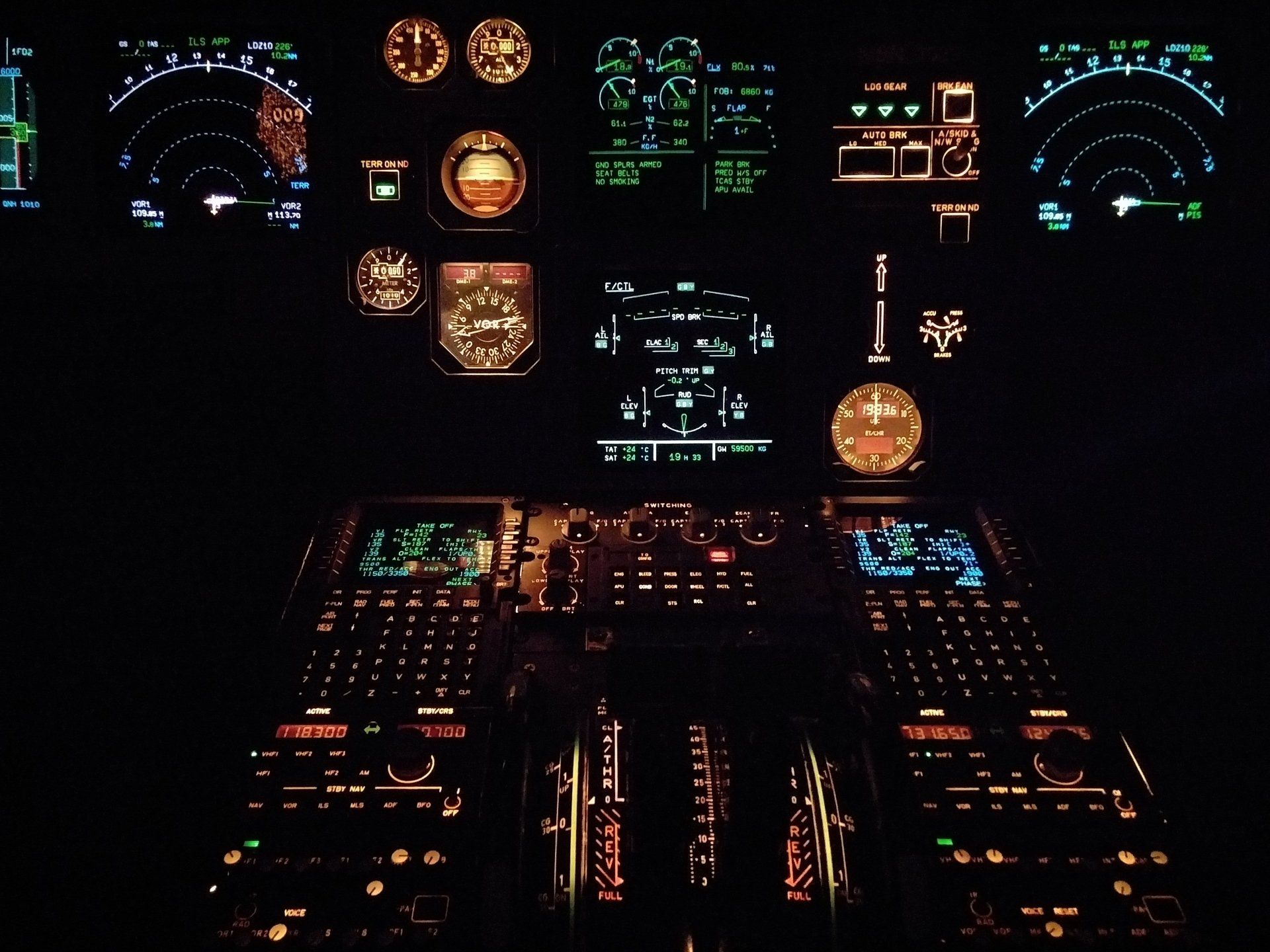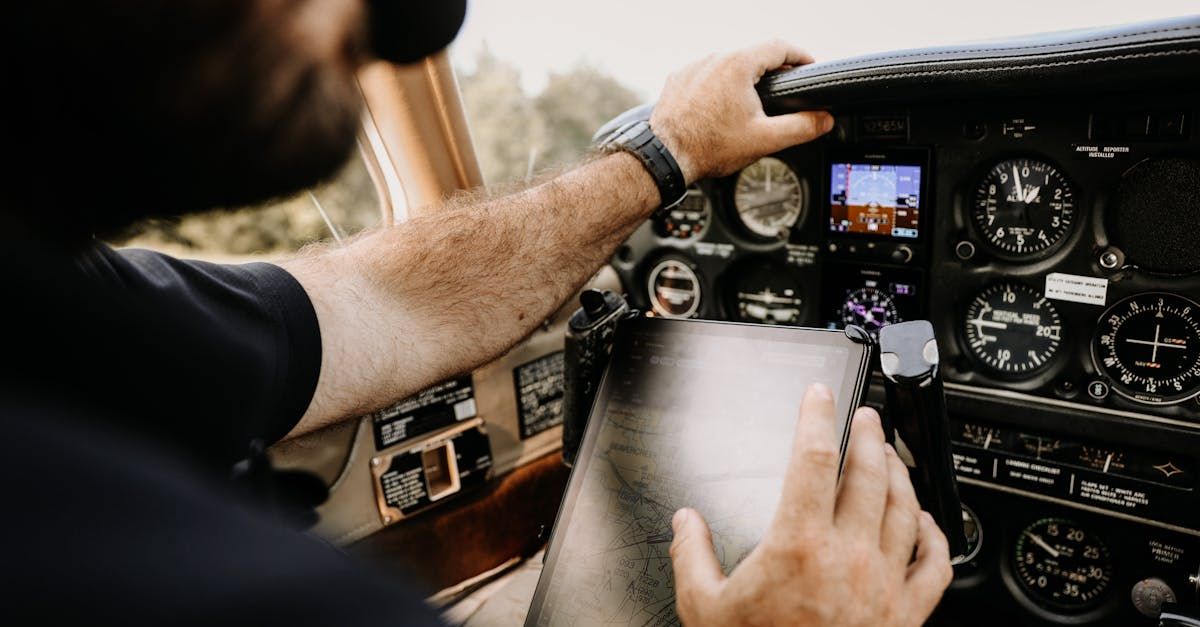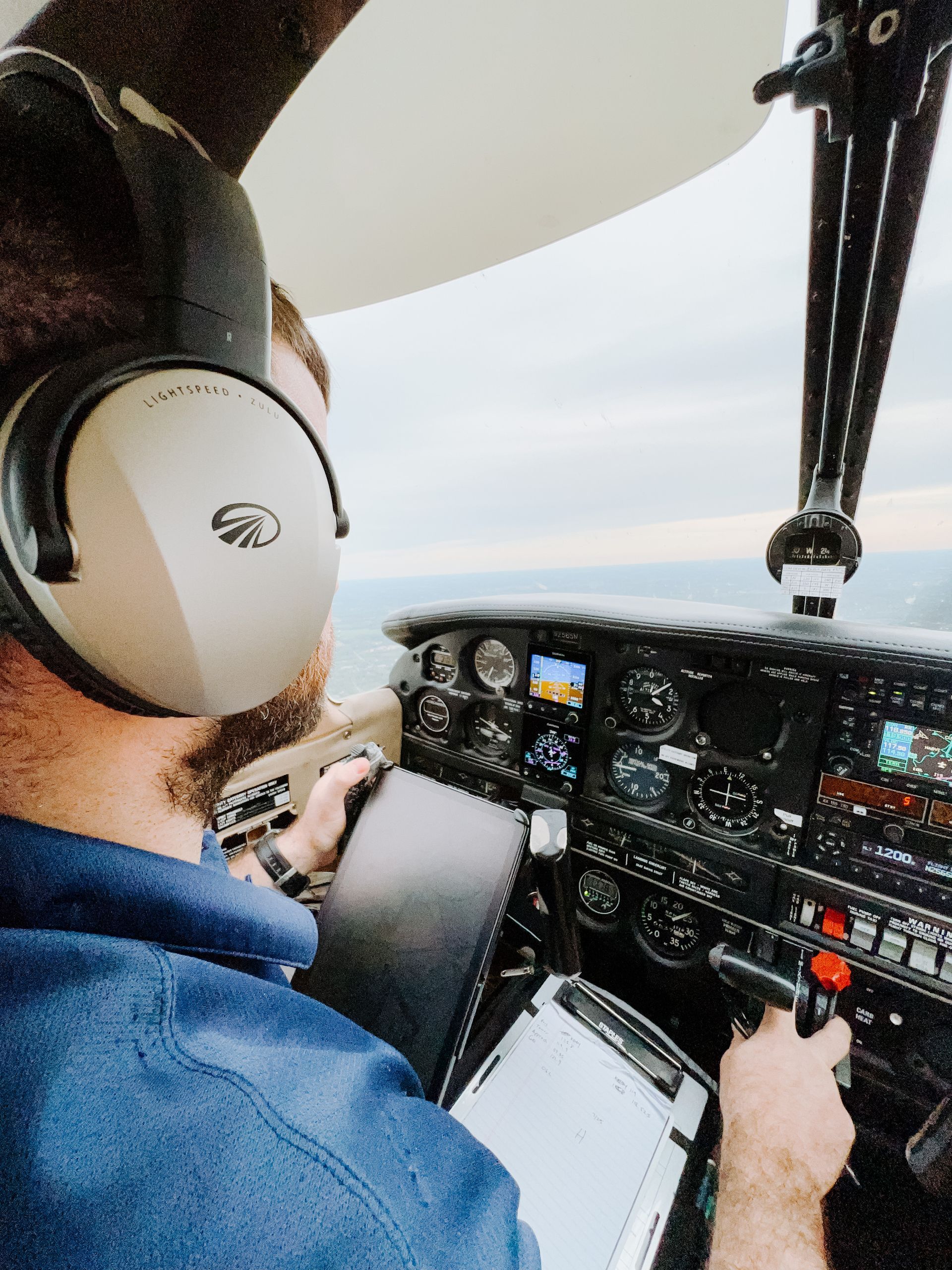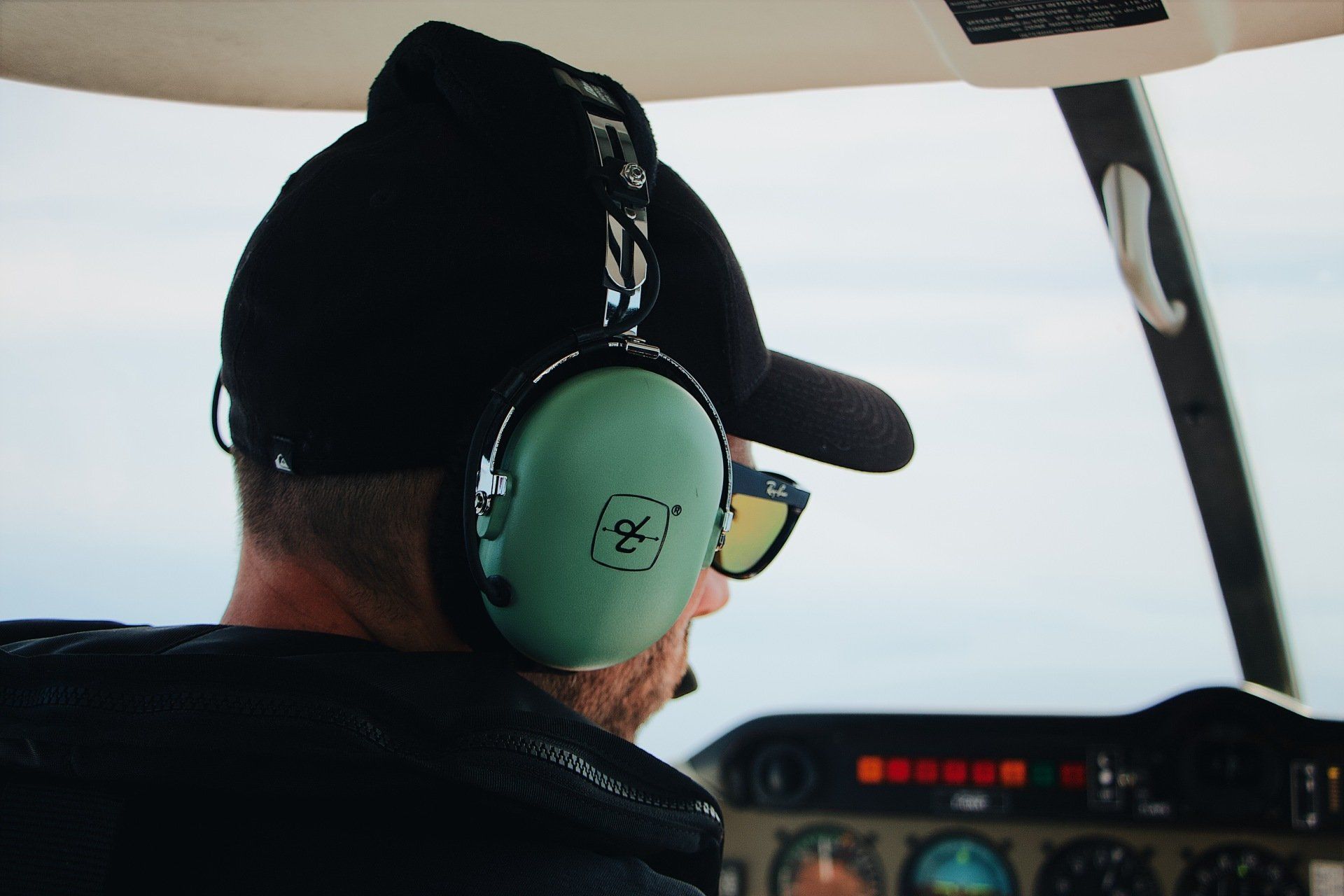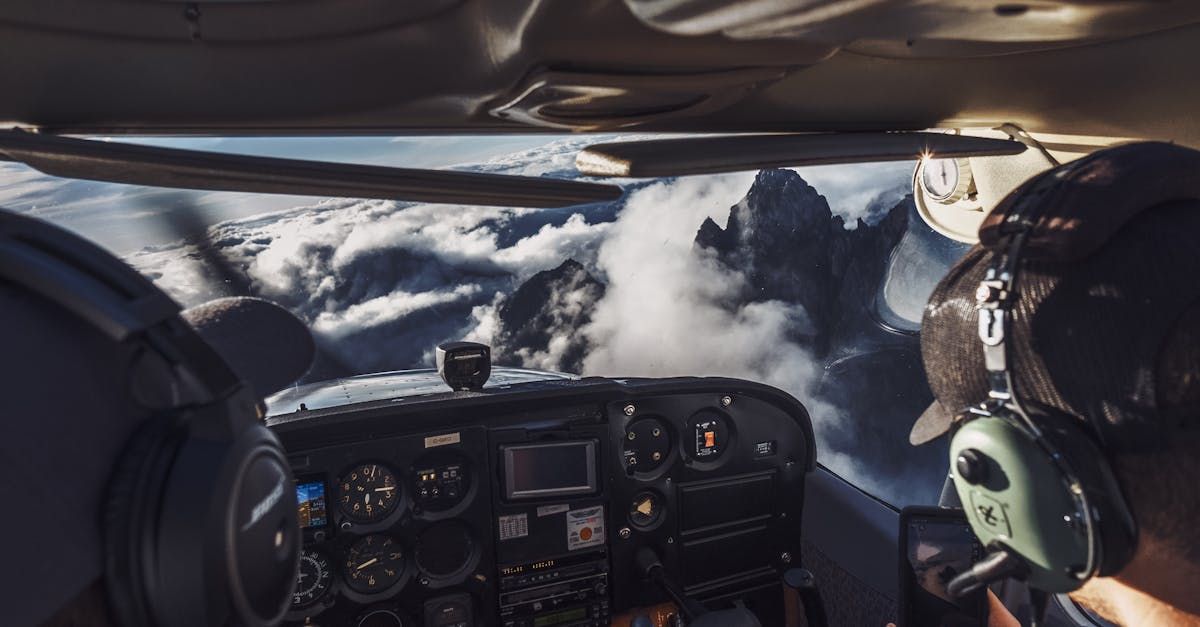Brisbane’s New CTA Steps
Hark the Herald Angels Sing, Study Brisbane’s New CTA Steps So You Don’t Get Pinged

After making his list and checking it twice, Santa is hurriedly updating his EFB ensuring he has the latest aviation charts for his impending annual adventure. And the man is jolly pleased with himself after discovering the significant airspace changes around South East Queensland as a result of the opening of the new runways at both Sunshine Coast and Brisbane Airport.
Santa and his team of reindeer have been making particular study of airspace steps north of YBSU and east of YBAF, looking to minimise the risk of receiving (yet another) VCA (here’s looking at you Vixen!). For those looking to make a western departure out of Archerfield, be aware the BBN CTA step has lowered to 2500’ west of YBAF so be careful not to commence your climb too early.
Santa’s flight plan is normally kept top secret however Donner may have let slip after one too many carrot martinis that after delivering presents at Gympie, they would be departing direct to the Sunshine Coast. After checking the new charts, it was noted a significant change has been made to both the Class C and D steps along that route. Sunshine Coast Class D extends further to the north west with a considerable lowering of the Brisbane CTA steps keeping all pilots, even those with red noses to guide them, on their toes. As a result, a ‘Plan B’ has been devised in the unlikely event a clearance to transit the new Brisbane CTA steps would not be available.
For the coastal run down to Redcliffe and onto the campers at Moreton Island, the Brisbane Centre steps have also lowered imposing an additional equipment requirement for an antler proof life raft since the sleigh will be outside gliding distance.
Elfodynamics Incorporated is reviewing the L:D ratio and quoted 12 days to fix this issue.
DDAC Instructors
Ho Ho Hoooo!


